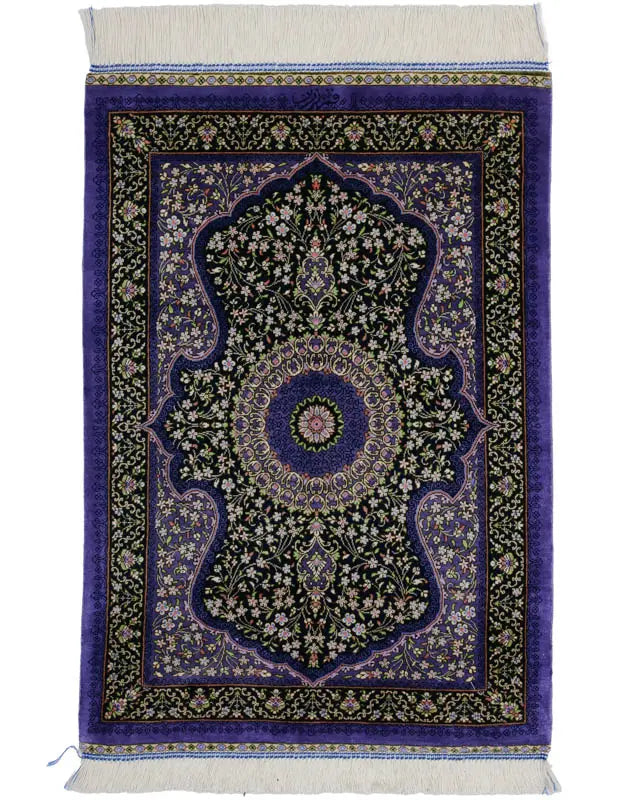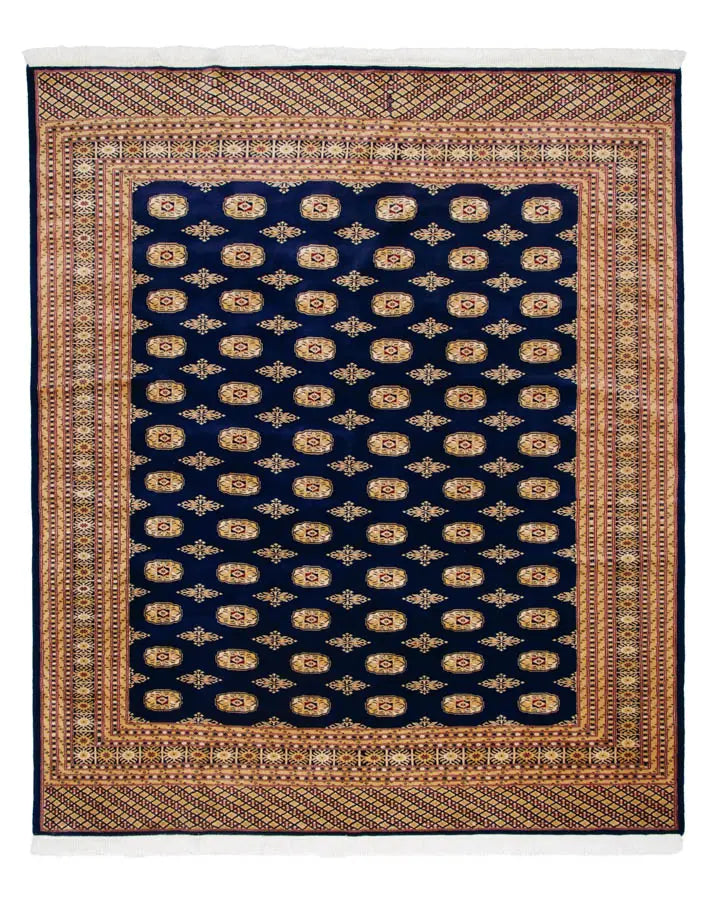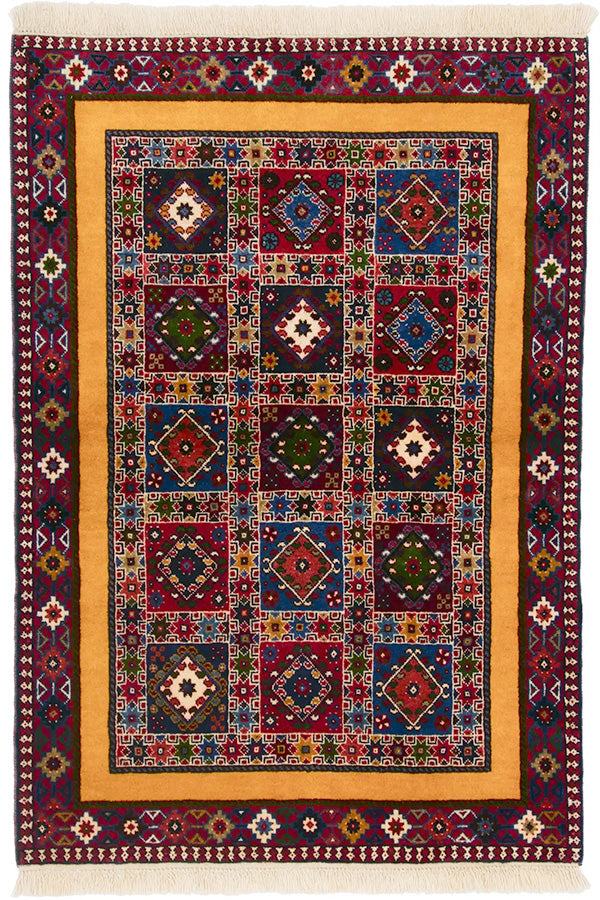
Hand-knotted carpets last a lifetime, while machine-knotted carpets are easily worn out.
Even if it is the same "carpet," the more you use it, the more obvious the differences become.
What is a hand-woven carpet?
Handwoven carpets are works of art made by artisans who knot each thread individually on traditional looms.
The back side also has a pattern, and since no glue is used, it is flexible and easy to fold.
The materials used are natural fibers such as wool and silk, and the plant-dyed colors deepen over time.
When you actually use it, you will feel that the more you step on it, the more supple and glossy it becomes.
Differences from machine-woven carpets
Machine-woven carpets are mass-produced in factories and are often made by gluing pile yarn to a base fabric.
The back is made of hard white cloth and resin, making it difficult to fold.
Synthetic fibers are widely used, which keeps prices low, but the texture and durability are not as good as natural materials.
Although it may look beautiful when it's new, if you leave it in place for a long time, it will start to feel light and artificial.
The difference between durability and value
Handwoven fabrics are knotted at a high density, making them extremely durable and able to withstand use for decades or even centuries.
In fact, there are many families who still use carpets that were passed down from their grandparents.
On the other hand, machine-woven fabrics are prone to shedding and deterioration of the glue after a few years, so they are treated as consumables.
In terms of asset value, handwoven items are highly valued as antiques, but machine-woven items are not highly valued in the second-hand market.



